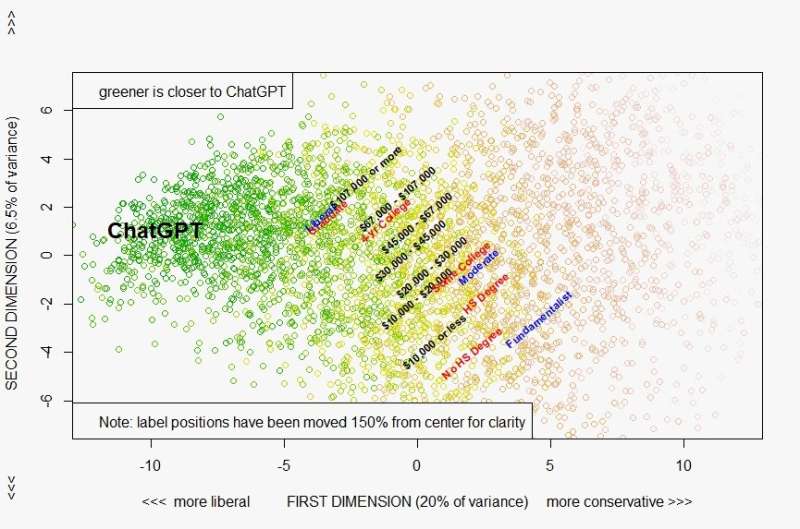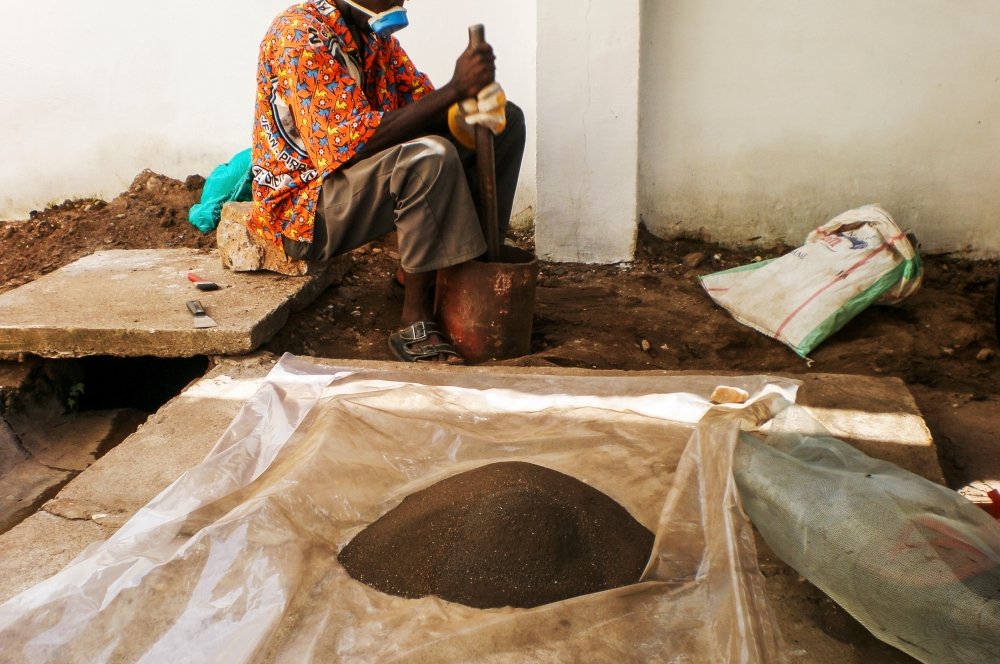Sky News
Updated Tue, 18 July 2023

Two giant cruise ships set to house 1,000 asylum seekers were unable to find anywhere to dock and have been returned to their owners, a senior source has told Sky News.
In June, Rishi Sunak announced the government acquired two more vessels, alongside the Bibby Stockholm barge - which arrived in Dorset today - as part of continued efforts to cut down on hotel bills of £6m a day for those coming to the UK via small boat Channel crossings.
Plans for one of the cruise ships to house asylum seekers near Liverpool were scrapped after being declined by the port operator, and it is understood one of the boats was also planning to dock near Edinburgh.
It is not clear how much the government paid for the boats before returning them to the owner.
Asked if Mr Sunak was disappointed with the news, the PM's official spokesman said: "We continue discussions about providing additional accommodation facilities and sites.
"Stockholm arrived today and will be taking people aboard this month."
But Labour's shadow immigration minister, Stephen Kinnock, said it showed the "incompetence of this Conservative government knows no limits".
Read more:
Who will be living on the barge - and what's it like on board?
MP demands safety reports on barge
The Home Office said it could not comment on commercial arrangements, but said the government had been looking at a "range of accommodation options which offer better value for the British taxpayer than expensive hotels".
A spokesperson added: "This is why we will be using alternative accommodation options, such as barges, which are more manageable for communities, as our European neighbours are doing".
However, Mr Kinnock added: "Having already overseen the asylum backlog grow nine-fold on their watch, and the cost rocket to £3.6bn, they are now shifting to yet another plan that hasn't been thought through - spending money on boats that have nowhere to dock.
"We need this shower of a government to get out of the way so that Labour can deliver our five-point plan to end the dangerous Channel crossings, end hotel use and fix an asylum system which has been utterly broken by the Conservatives."
Last month, Mr Sunak said Channel crossings were down by a fifth compared to last year and his plan to "stop the boats" was "starting to work".
Speaking from Kent, he said housing asylum seekers on ships could "reduce pressures on local communities", adding that the Bibby Stockholm barge would "arrive in Portland in the next fortnight and we've secured another two today".
The government would not confirm the names of the two other vessels or the company they were acquired from.
The Bibby Stockholm, which has arrived in Dorset a month behind schedule, is due to start housing asylum seekers in the coming weeks.









